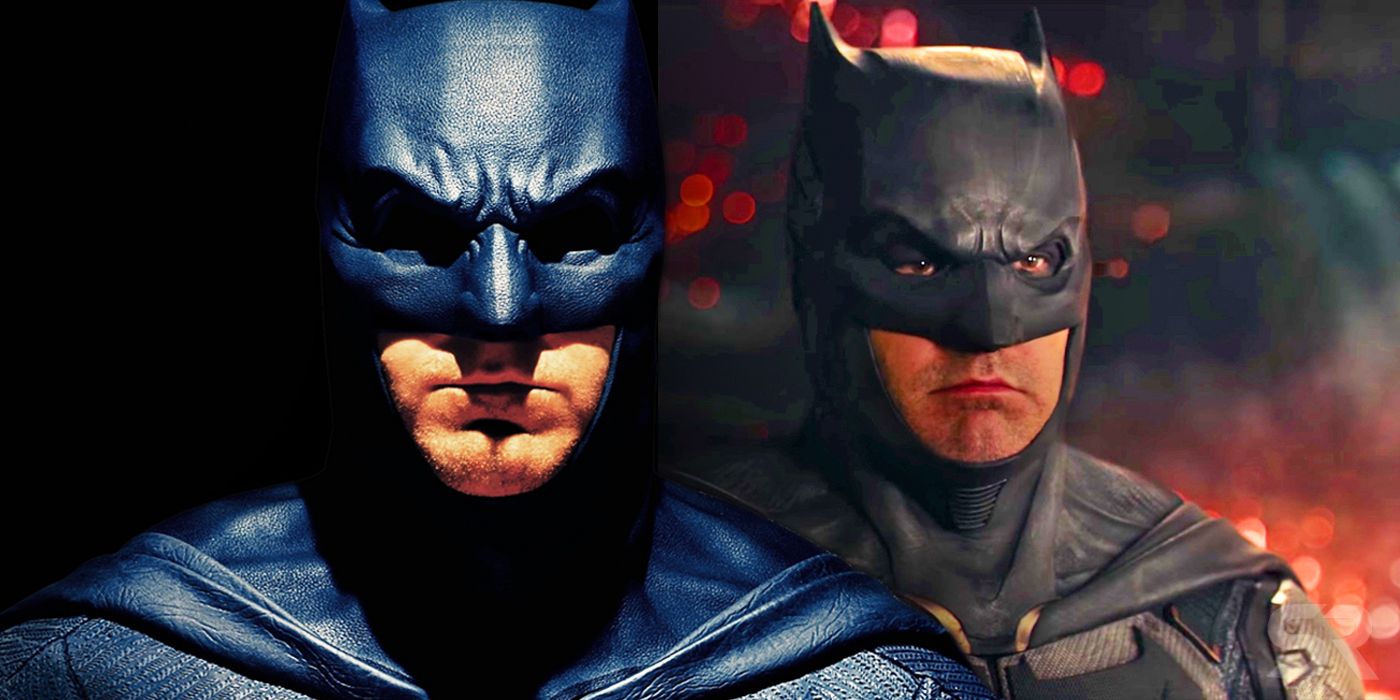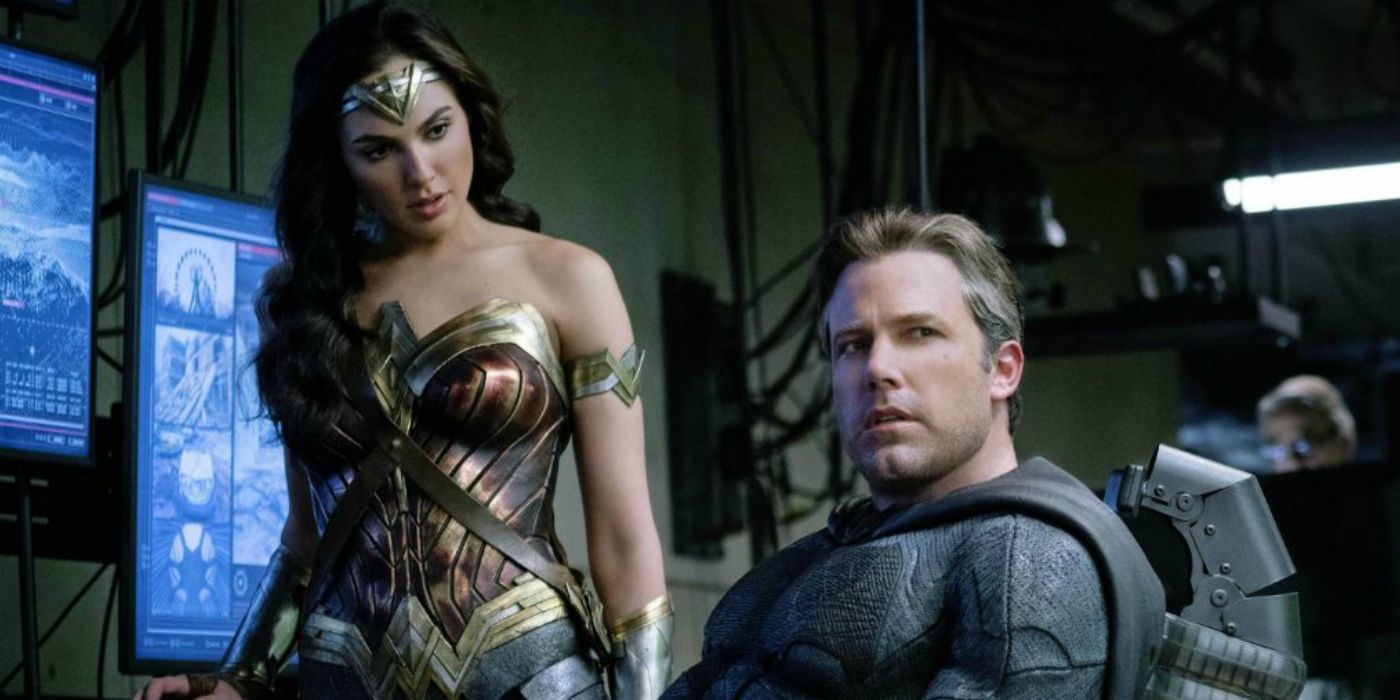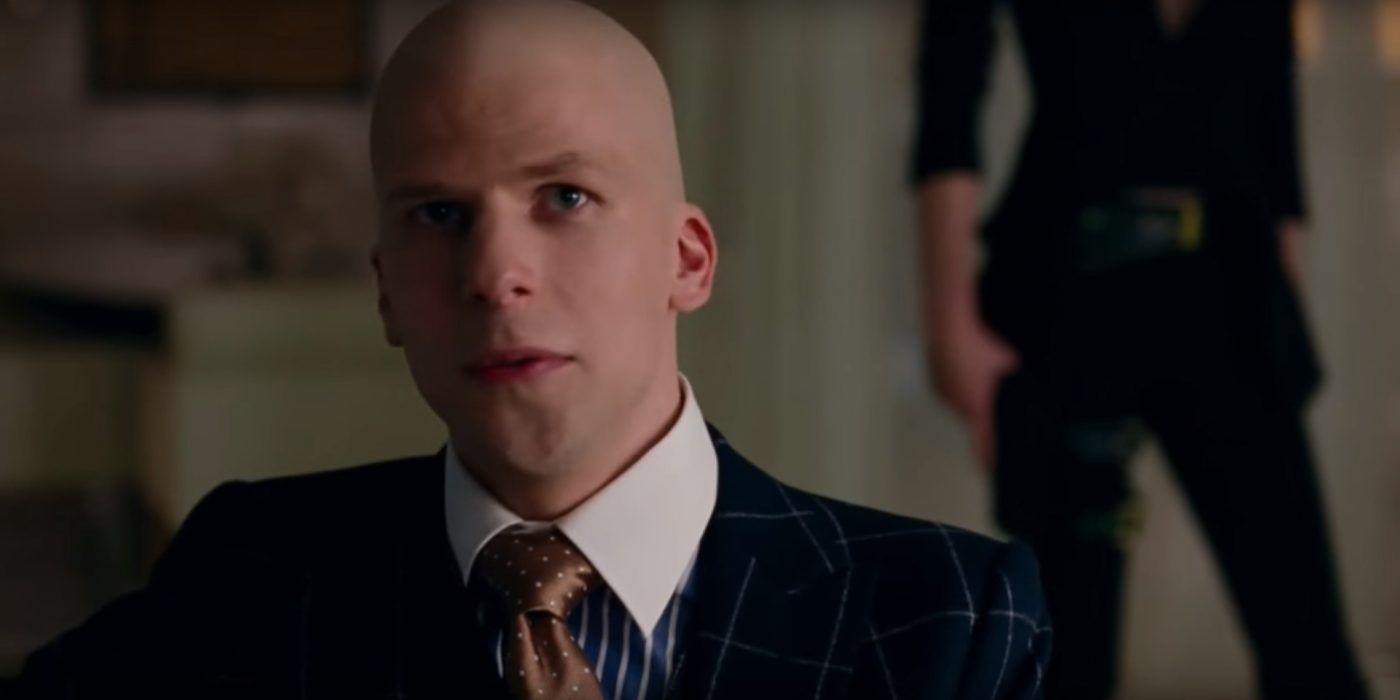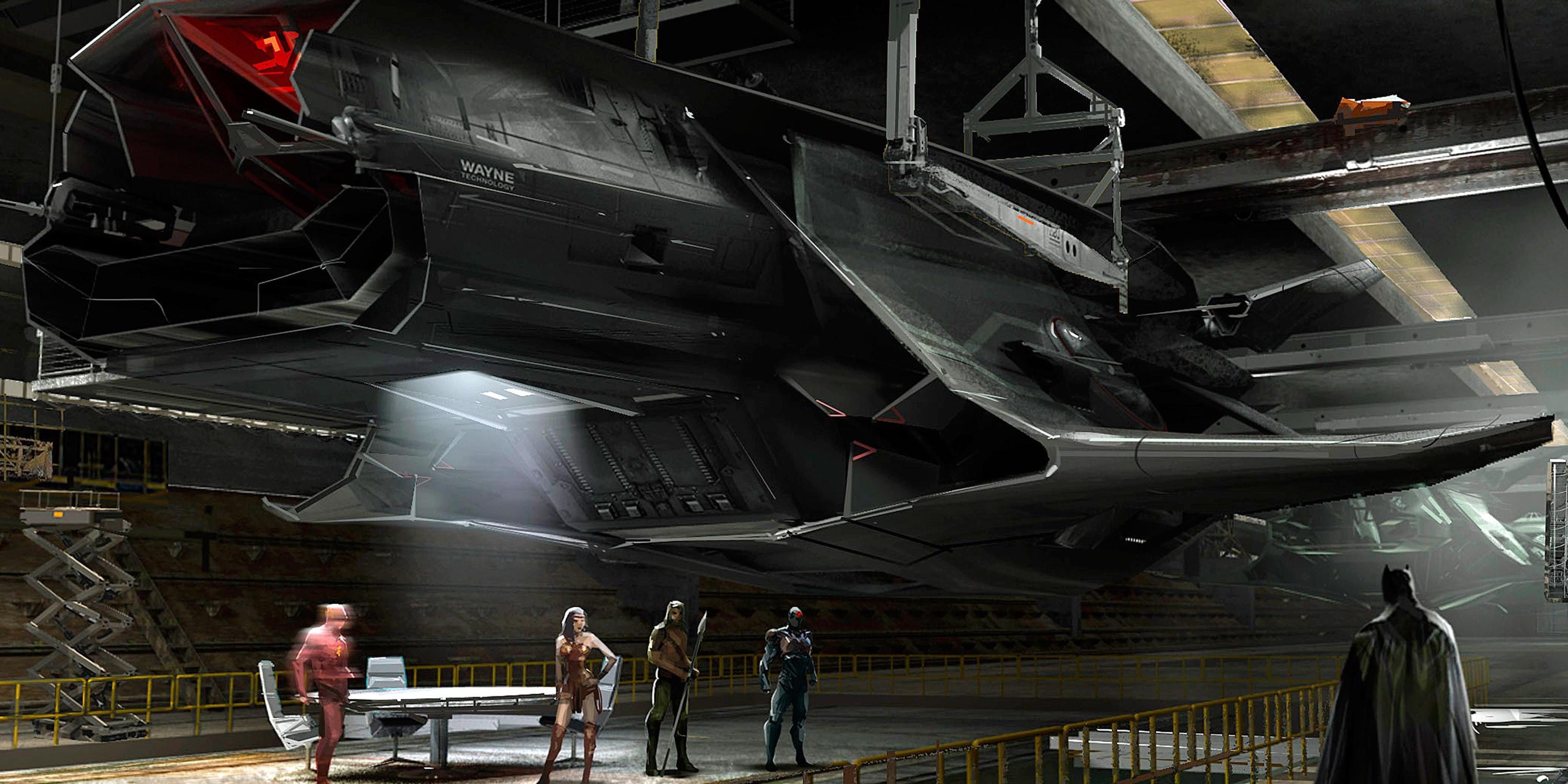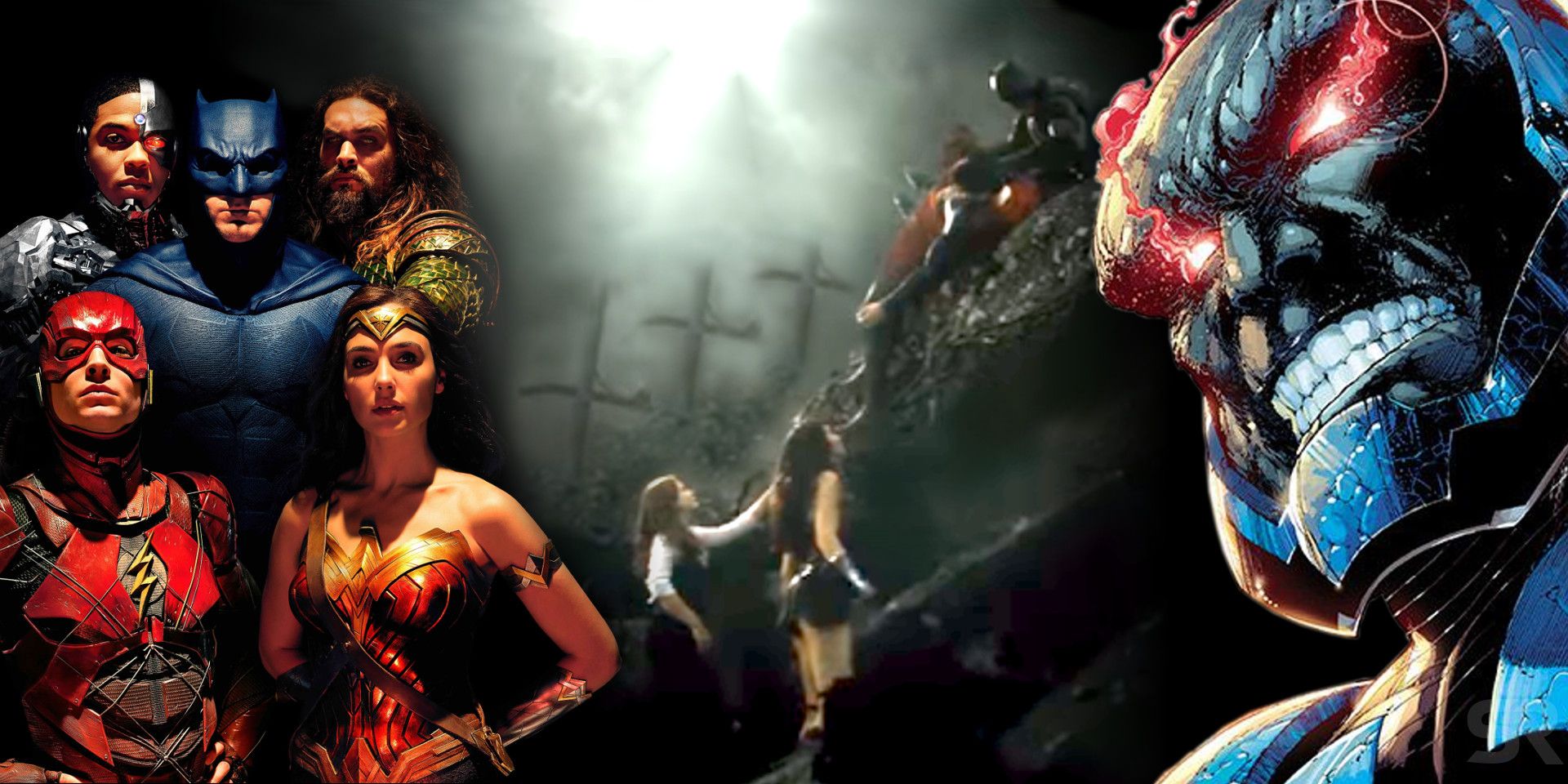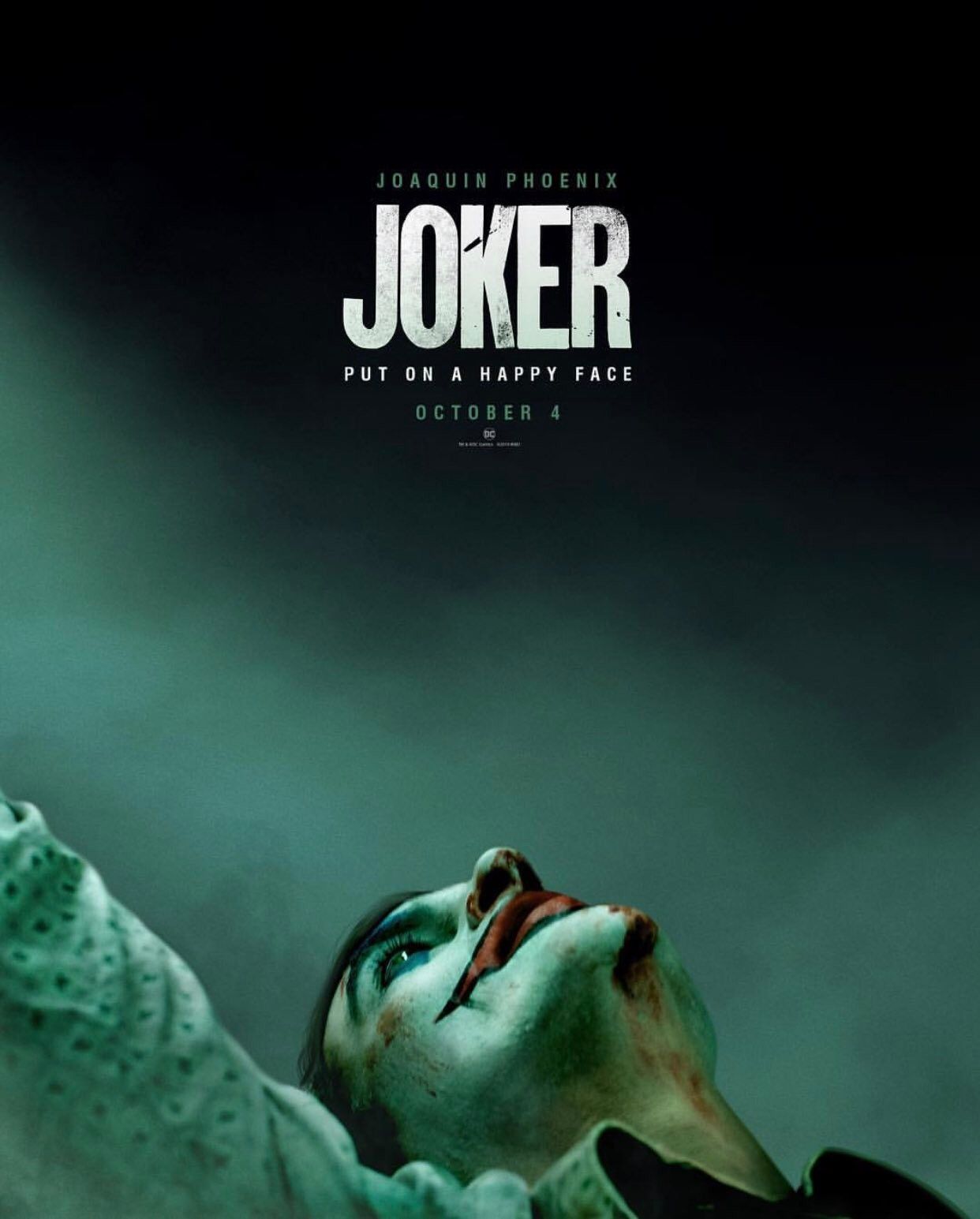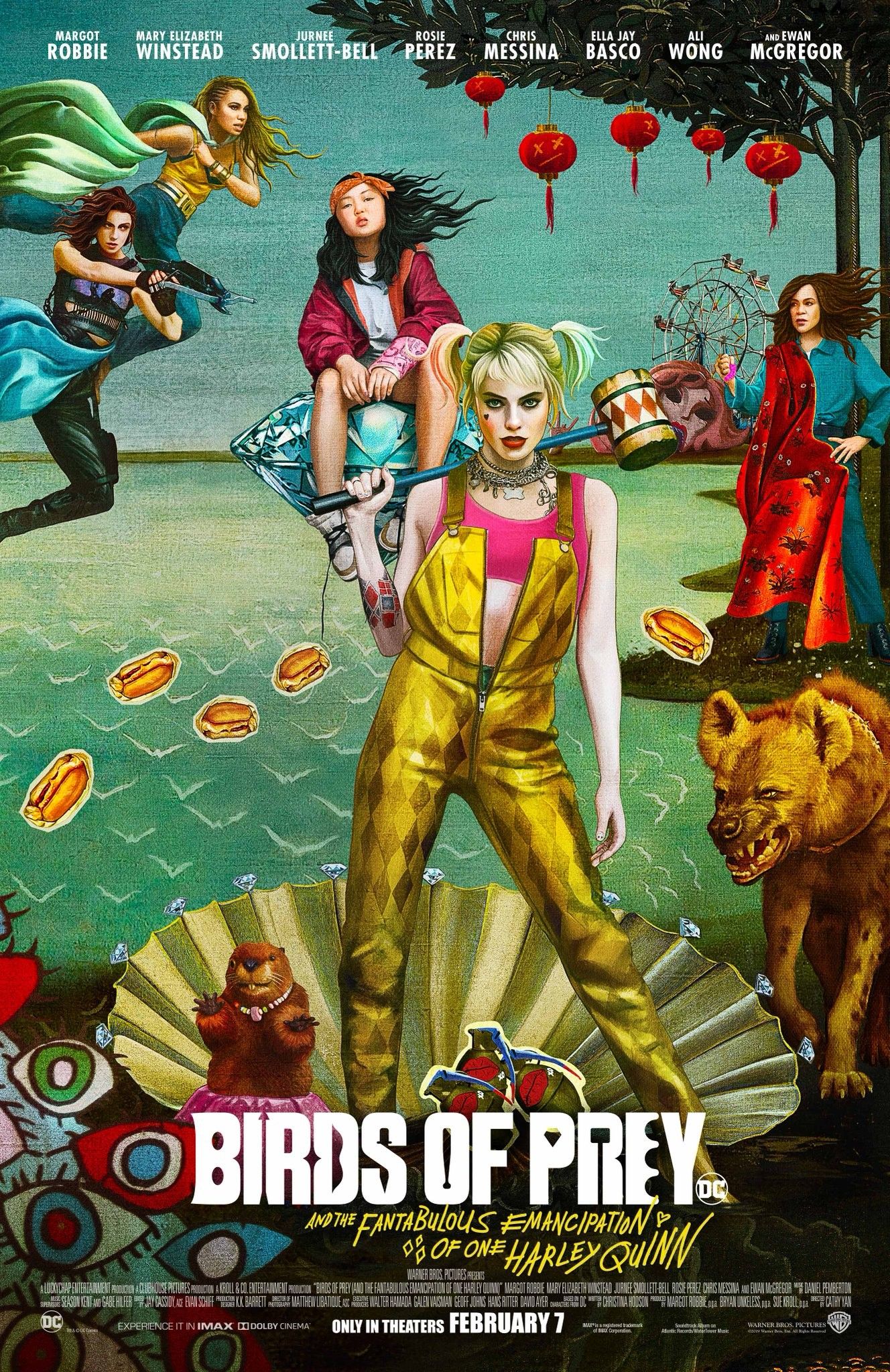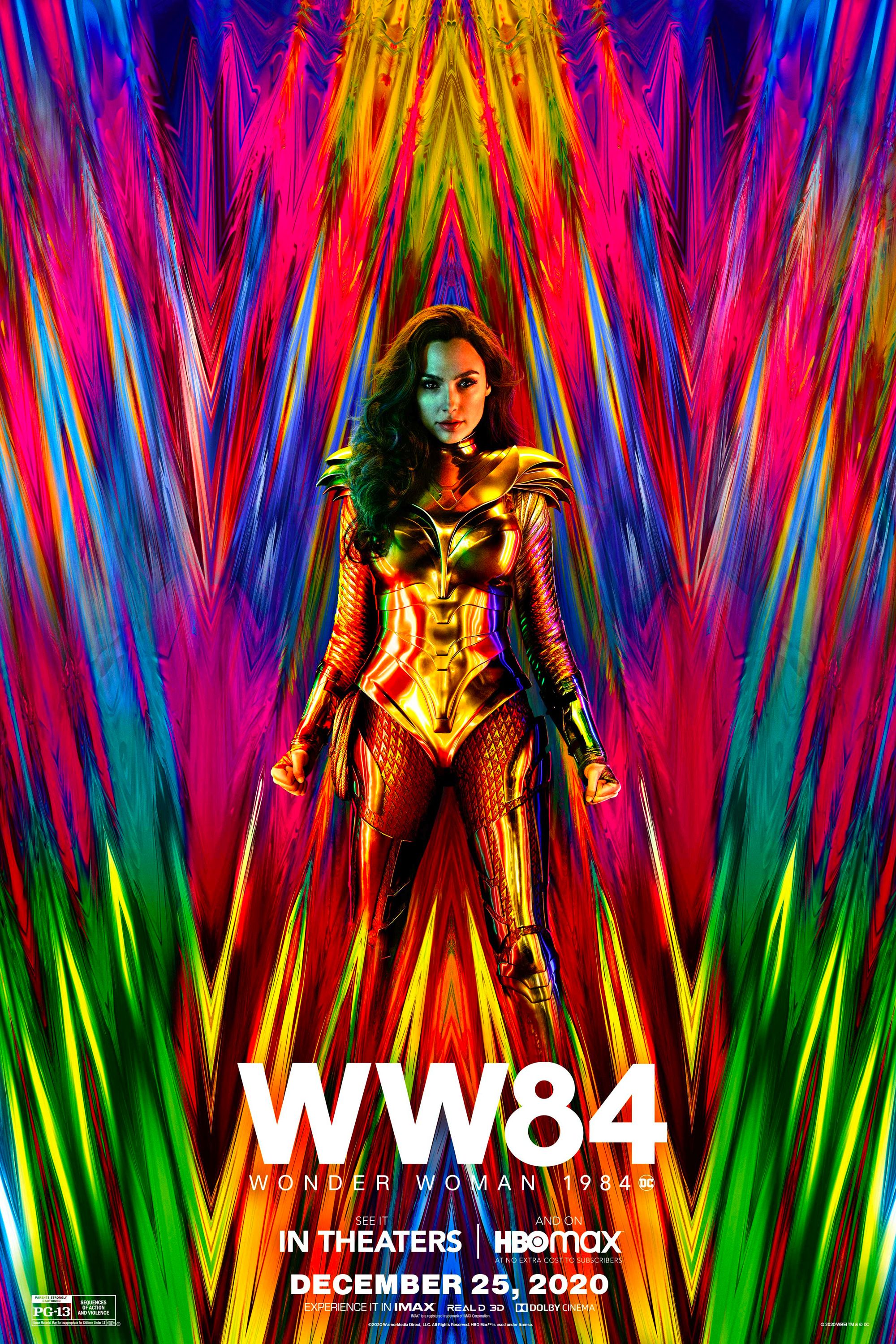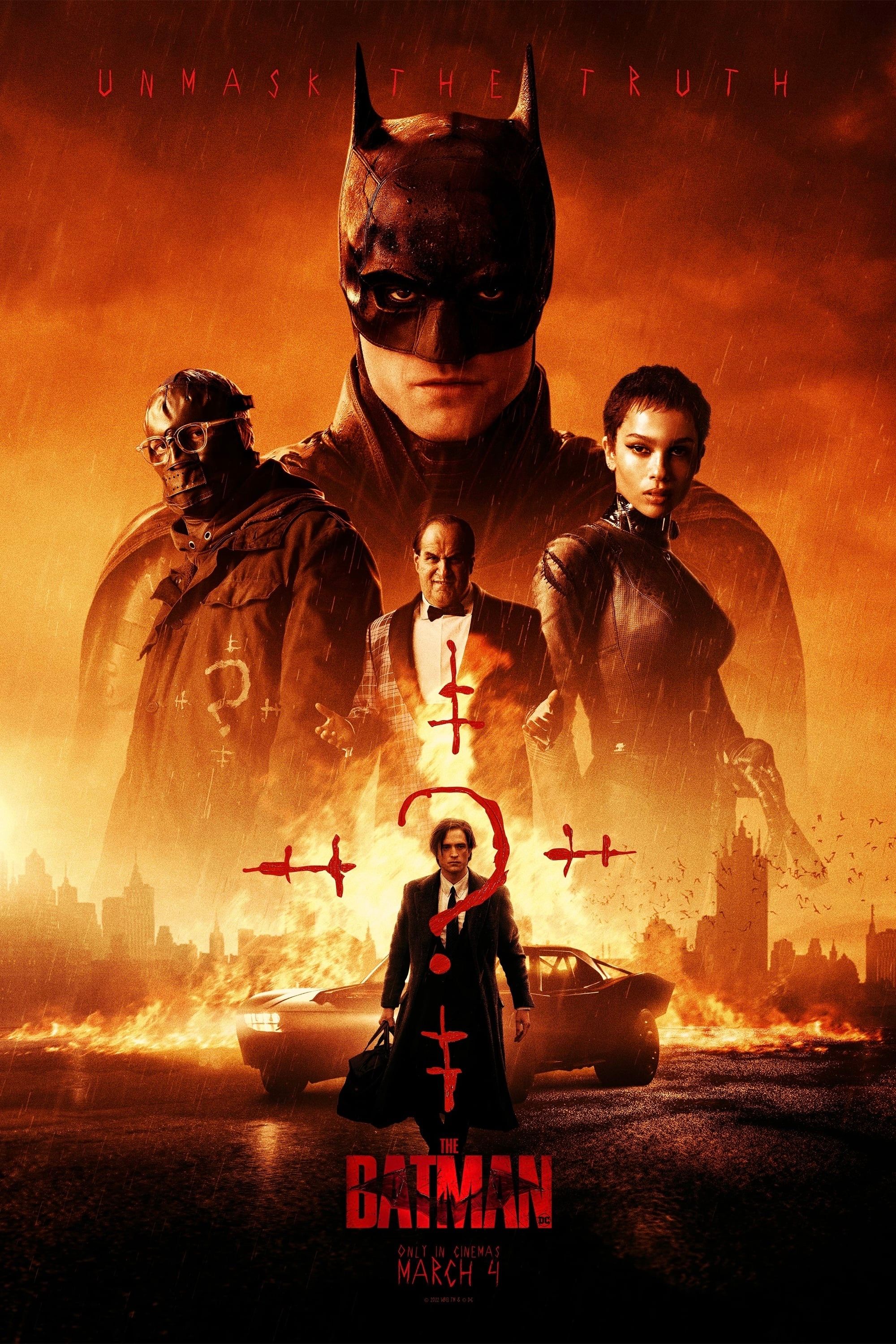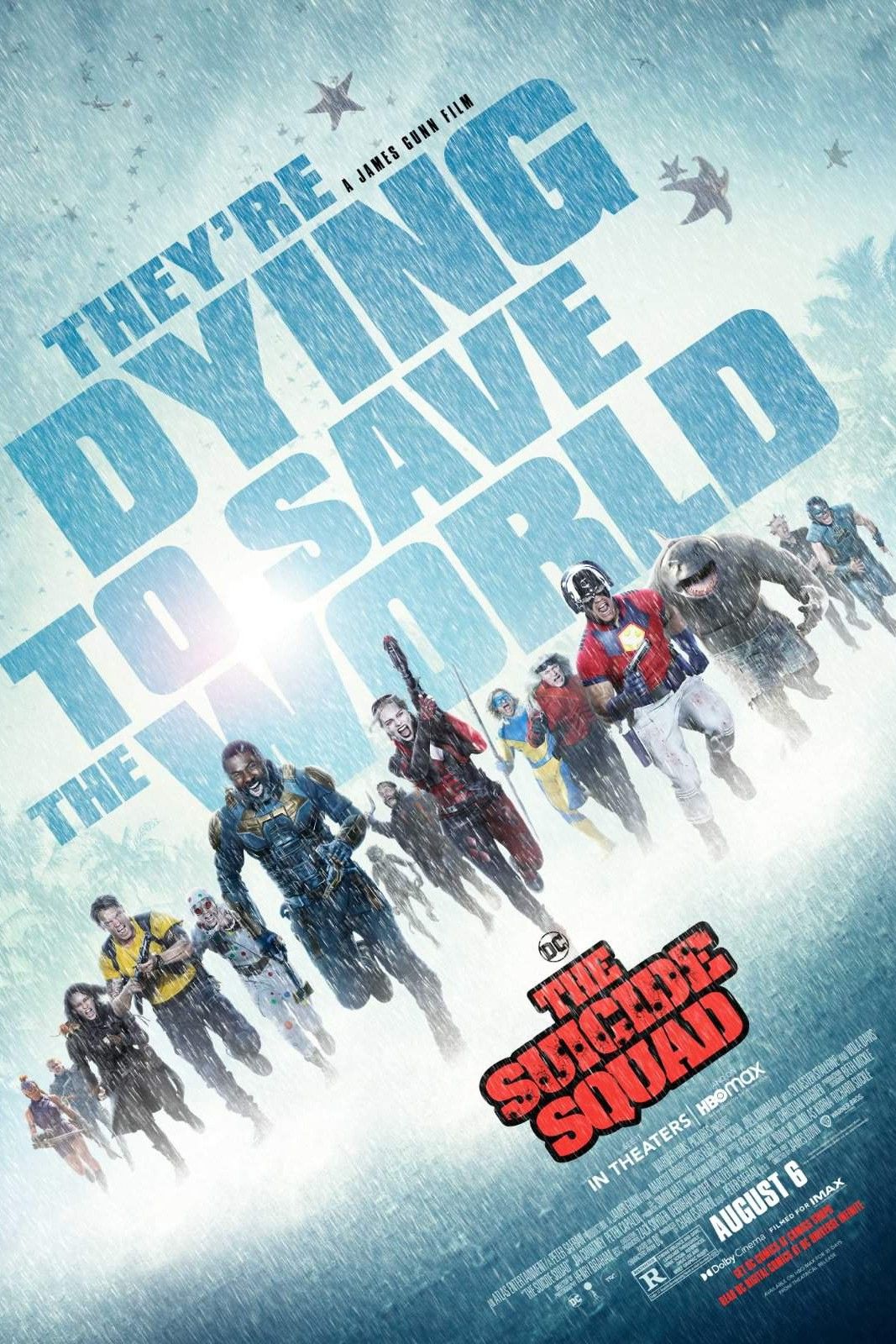Like all of his fellow heroes, Batman originally had a very different role in Zack Snyder's cut of Justice League. Snyder stepped down from the film in May 2017, in the aftermath of the tragic loss of his daughter, with the film undergoing extensive reshoots in his absence. Despite Warner Bros. steadfastly assuring fans that the reshoots were the normal pickups most major tentpole films undergo, the version of Justice League released into theaters proved to be a huge departure from Snyder's vision.
In the nearly two years since the theatrical release of Justice League, fans have heavily lobbied Warner Bros. to release the "Snyder Cut" of the film, with Snyder himself teasing his cut equally heavily on social media. Meanwhile, Ben Affleck's future involvement in the DCEU was in a state of limbo in both the lead-up to Justice League, and following its release, before Affleck would formally depart from the role earlier this year. Matt Reeves is now making The Batman with Robert Pattinson for a 2021 release.
Related: Justice League Reshoots: Every Change Whedon Made to Sndyer's Film
After a dark and sadistic take on the Dark Knight in Batman v Superman, the Bruce Wayne Affleck played in Justice League may as well have been a different character. Here's what we know about what Batman's role in the "Snyder Cut" of Justice League originally entailed.
Batman's Arc Was Entirely Reframed (& Made Funnier) By Reshoots
The role of Batman in Justice League proved to be among the most heavily reshaped by the film's reshoots. Under Snyder's direction, Batman was still reeling from the Knightmare sequence in Batman v Superman, as seen in the film's final trailer, which features Bruce ominously intoning of the arrival of "something darker" than he had originally feared. Earlier in 2019, Snyder revealed the original Justice League script saw Lois Lane being murdered in the Batcave by Darkseid, but this was ultimately dropped before production. The Knightmare sequence still served as a major plot point in Snyder's cut of the film, however, so while whatever replaced Lois' demise (and Superman's subsequent fall to the Anti-Life Equation) is unknown, it still was likely heavily tied into the Knightmare reality, and fed into Batman's apocalyptic prophecy.
Considering the Knightmare vision and Flash's warning from the future were meant to spur Batman and Wonder Woman to swiftly move to form the League, the opening sequence of the theatrical version of Justice League highlights just how altered Batman's role was right out of the gate. The sequence sees Batman battling a Parademon in Gotham City, establishing their ability to smell fear and their susceptibility to noise. This would ultimately facilitate Batman's plan in the third act to distract the Parademons with sonic waves, along with the entire Parademon army turning on a newly fear-stricken Steppenwolf after his axe is shattered by Wonder Woman (Steppenwolf was originally decapitated by Diana in the Snyder Cut). In addition to all of the changes to Justice League's climactic battle, and the insertion of the film's opening sequence, any reference to the Knightmare was completely removed from Justice League, all of which had a massive impact on Batman's role in the film.
All that said, one of the biggest impacts from Joss Whedon's reshoots on Justice League was in making Batman a less hard-lined character. While Snyder's version was going to be a step away from Batman v Superman (for reasons that will be discussed later), Whedon's footage contains the bulk of the characters jokes and winks that make him feel like a throwback to previous movie versions more than a continuation of what came before.
Lex Luthor's Journals Were More Important
While Lex Luthor's journals are mentioned in passing in the theatrical version of Justice League, they were meant to play a much more crucial role in Snyder's version. The Steppenwolf cameo in Batman v Superman (deleted from the theatrical version but restored in the Ultimate Edition) sees Lex forming what appears to be a communal alliance with the forces of Apokolips (the deleted scene even released under the title "Communion"). Later in the film, Lex offers a chilling warning to a furious Batman that "A bell cannot be unrung", and "He's hungry, he's found us, and he's coming!", a clear reference to the impending invasion from Apokolips following the death of Superman.
Concept art from Justice League also shows Lex in prison with a stack of journals, which can be briefly seen in the theatrical cut on Bruce Wayne's private jet. Closer inspection of the journals reveals that they contain notes on Atlanteans, the Mother Boxes, and other information. Between Lex's encounter with Steppenwolf and his accessing of the Kryptonian scout ship's database, it stands to reason that he documented all of his newly acquired in knowledge in the journals.
While the full role of Lex's journals in the Justice League Snyder Cut is unknown, they likely served as a major McGuffin in Batman's efforts to form the League, with Bruce probably paying a visit to Luthor in prison to retrieve them, along with informing his battle strategy to combat the Apokolips invasion. As it currently stands, their brief reference in the theatrical version of Justice League is just that.
Wayne Aerospace Was Cut
Batman's base of operations also proved to be more expansive in the Justice League Snyder Cut. The film was to see Bruce Wayne working out of not only the Batcave, but also a Wayne Aerospace hangar, with the latter facilitating his development of the "Flying Fox". Additionally, much of Bruce's activities in forming the League were also to take place in Wayne Aerospace. This can be seen at numerous points in the trailers, such as Diana asking Bruce about "the others" as the two are clearly standing inside of the Flying Fox, along with a deleted scene of the whole team gathered in the hangar.
While the Justice League theatrical cut effectively confines Batman's battle planning to the Batcave, it makes use of both sets, with the Wayne Aerospace set being reframed to appear like the Batcave. While this doesn't have a huge impact on Batman's character arc in the film, it does show how Wayne Enterprises was transitioning the League's base camp in order to be more thoroughly prepared to battle an impending alien invasion. Nevertheless, both sets being presented as the same location does further illustrate how much of an impact the reshoots made on the finished film.
Batman Was Being Set Up to Die
By far the most definitive departure from Zack Snyder's vision was the removal of a crucial piece of Batman's redemption arc. Snyder established Bruce Wayne as a broken man and fallen hero in Batman v Superman and, as revealed by Snyder himself during an exchange on social media, Batman was being set up to die as part of his five-movie arc. Bruce's death was specifically intended to come in Justice League 2 and while, the exact details are unknown, the nature of Snyder's comments on Batman's demise heavily imply that it was inspired by the Final Crisis story arch, with Bruce heroically sacrificing himself in battle against Darkseid.
The Snyder Cut of Justice League would ultimately have served as the mid-point of Bruce's character arc. In Batman v Superman, after realizing how far he had fallen in the aftermath of Superman's death, Bruce swore that "I won't fail him in death" as he had in life. His subsequent formation of the Justice League was intended to serve as his redemption and return to the hero he had once been. Scenes featuring Bruce's damaged armor suit from Batman v Superman and him looking at what appears to be a hologram of Superman (both cut from the finished film) exemplify how much Batman's guilt would have played into his arc in Justice League. The trailers also offer further glimpses at just how critical the redemption of Batman was, with Bruce describing Superman as "a beacon to the world" in the 2017 Comic-Con trailer, and intoning, "I made him a promise" in the October 2017 "Heroes" trailer. These lines, along with the foundation being laid by Snyder for Batman's sacrifice, would be yet another element of Justice League to be removed from the film's theatrical version.
-
The changes that deviated Justice League so heavily from Zack Snyder's intended vision have proven to be drastic, and there could very well be even more to Batman's original role in the film than what is known at present. With calls for the release of the Snyder Cut growing louder, and an increasing number of the cast and crew of the film joining in, the demand for Snyder's original vision likely has no end in sight. Only Warner Bros. has the power to ultimately give the greenlit for that version's release, but with Affleck having stepped down from the role, the push for the "Snyder Cut" is likely to become even more determined, with Zack Snyder's cut of Justice League essentially standing as Ben Affleck's final portrayal of Batman.
Next: How The Flash Was Different in Zack Snyder's Cut of Justice League

